If you witness your dog scratching itself incessantly, coughing, or displaying unusual behavior, you should know it must be suffering from an allergy.
Allergies in dogs of all breeds and backgrounds are pretty common, especially in spring and summer when the allergens and ticks are on the rise.
Other times, food or drinks may also cause allergies, requiring an understanding about different kinds of allergies.
Dog allergies are caused mainly by foreign substances such as grasses, dust, food, flea saliva, etc., causing skin reddening, swelling, itching, vomiting, and fur loss, to some high extent.
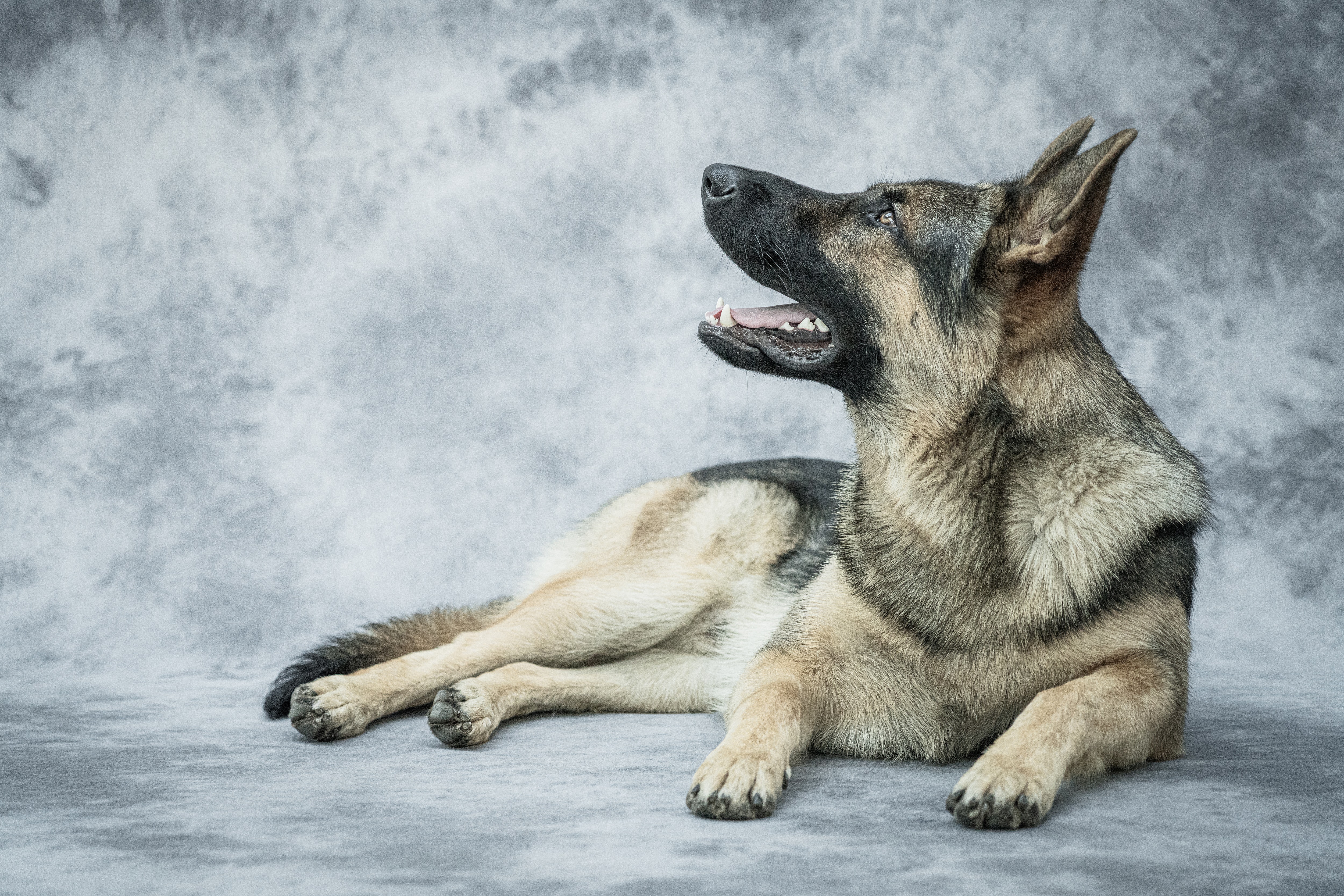
The symptoms of all these different types of allergies can overlap and make things more complicated.
That is why diagnosing allergies in dogs is quite challenging, making it hard to pinpoint the problem and find a solution.
Read on to learn about dog allergies and their treatments to help you prevent an allergic reaction in your dogs.
Common Types of Dog Allergies and Their Treatments
Environmental allergies, flea allergies, and food allergies are different forms of allergies that pose problems for dogs and their owners.
Here are the common types of allergies that your dog may suffer.
1. Environmental Allergies
According to the American Veterinary Medical Association, environmental allergies are on the rise, with an increase of 30.7% in dogs over the past decade.
Dogs with environmental allergies are affected by inhaled allergens in the home and outdoors, including dust, dust mites, pollens from trees, grasses, weeds, molds, environmental pollutants, etc. 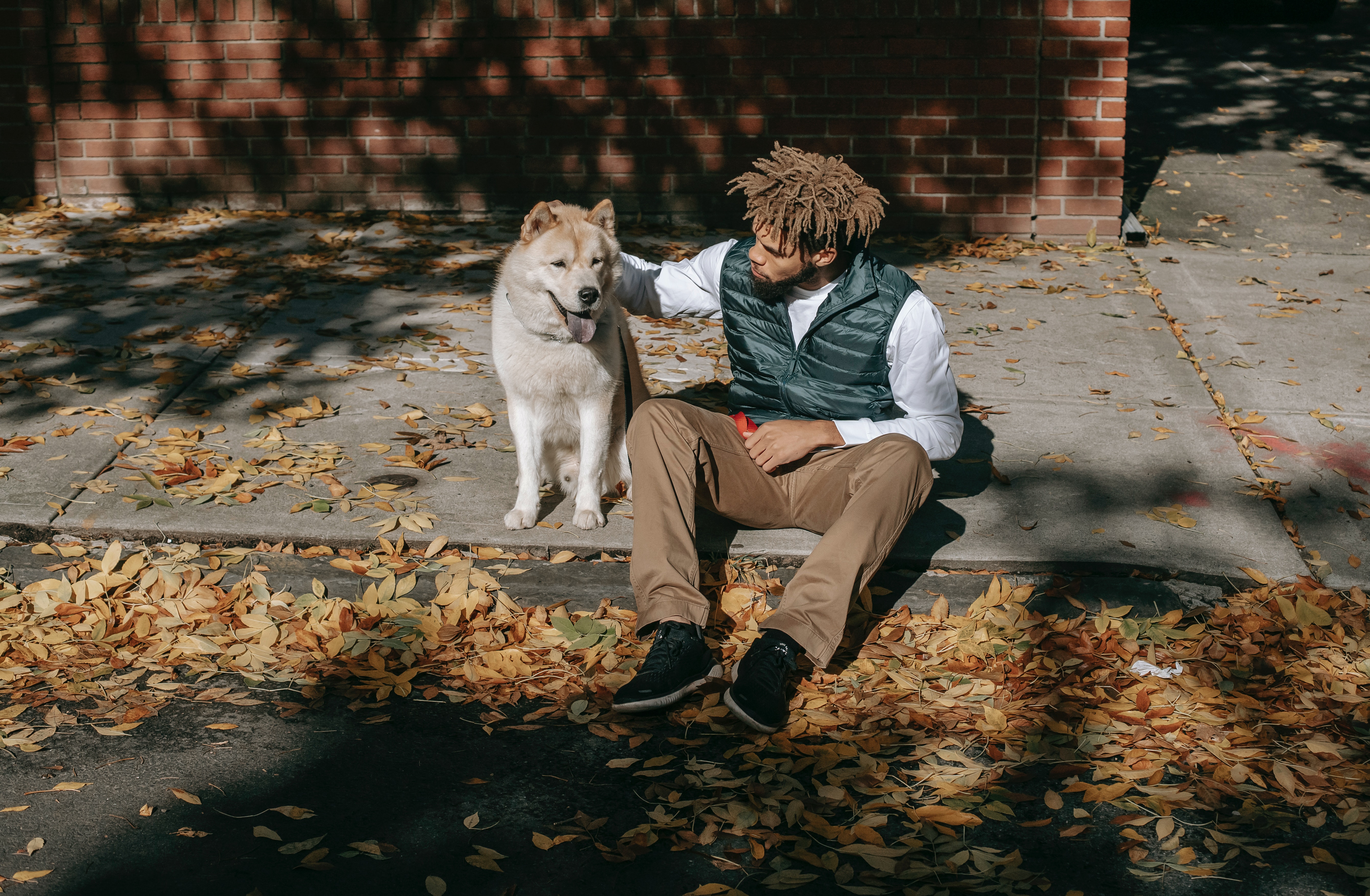
These allergies only pop up during certain times of the year.
Dogs are more likely to absorb allergens through their skin or paws due to close contact with the ground. Simply running through grass can expose your dogs to allergens.
Here are some common symptoms to identify environmental allergies in dogs.
- Red or itchy skin, especially on the paws, belly, groin, armpits, head, face, and ears
- Skin and ear infections
- Face rubbing
- Loss of fur
- The scratched spot becomes infected
- Skin wounds where your dog keeps scratching or licking the affected area.
Symptoms usually occur due to inhaling the allergens, but direct skin contact with allergens can also cause symptoms.
The more your dog is exposed to allergens, the more severe the allergic reaction grows, which will worsen if it is not diagnosed and treated on time.
Treatment for Environmental Allergies
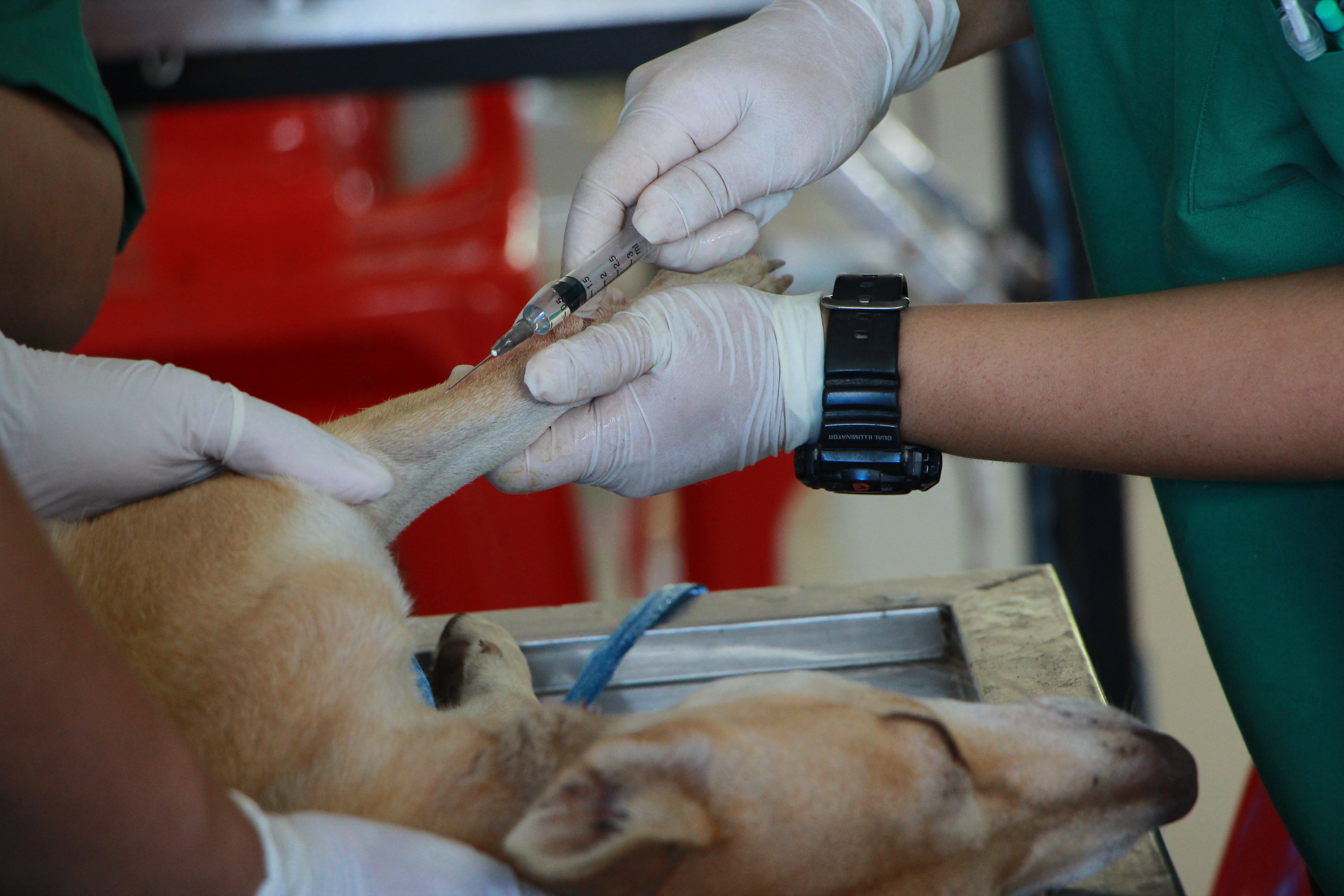
- Take your pet to a vet or dermatologist for skin testing and diagnosing seasonal allergies.
- Use medicated baths that your vet prescribes to treat a specific skin condition, which may contain antibacterial, antifungal agents and substances that allow for more frequent bathing without drying the skin.
- Supplements like omega-3 and 6 fatty acids can help promote a healthy skin barrier and coat. These fatty acids are natural anti-inflammatory and anti-oxidative agents and reportedly are helpful for allergic dogs.
- Injectable or oral steroids are inexpensive and relatively safe and work quickly and effectively to reduce itching.
- Oral Antihistamines such as Benadryl, clemastine, chlorpheniramine, and hydroxyzine help reduce itching.
- Cyclosporine can be used as a non-steroidal treatment to reduce allergic skin inflammation and itching. It is helpful in approximately 80% of allergic dogs to control itch but is more expensive than steroids.
2. Flea Allergies
Flea saliva is the most common skin problem, and infections in dogs causing Flea Allergy Dermatitis (FAD).
According to the survey, flea allergy has increased by 12.5% in dogs over the last ten years.
However, dogs are allergic to flea saliva but not fleas.
It is not the same as the itching that comes from a bug bite. Instead, dogs with flea allergies will lick and scratch incessantly, often biting their skin, infecting themselves with a secondary bacterial infection.
However, diagnosing a flea saliva allergy can be tricky because it would be hard to locate the fleas.
For instance, if your dog goes on a walk and a flea bites them, the single bite will lead to a severe skin reaction, which can last up to a week.
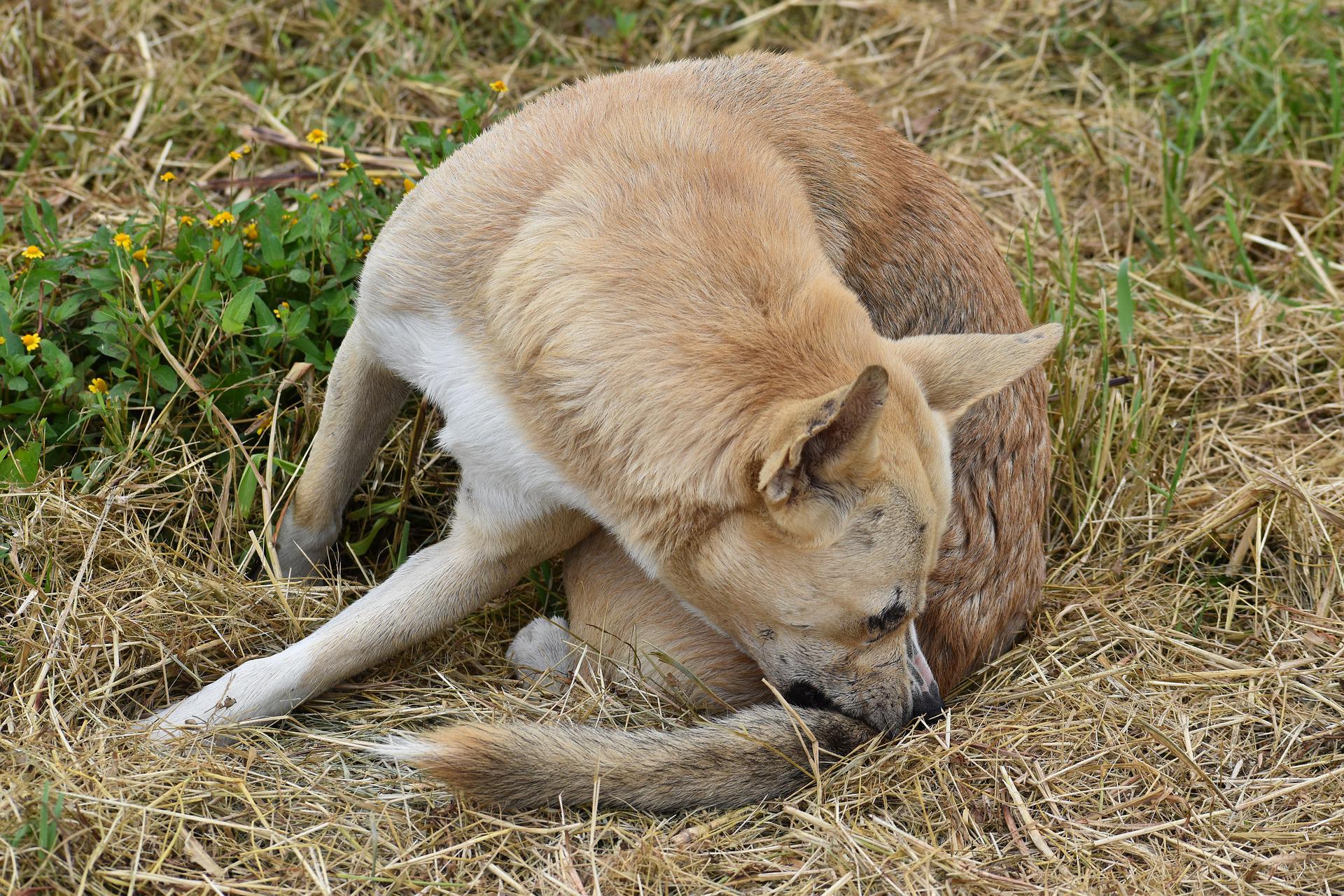
Fleas allergies make your dog feel miserable and, if left untreated, can lead to repeated scratching and chewing of the skin.
As a result, this can develop a bacterial and fungal infection.
Symptoms of Flea Allergies in Dogs
- Discomfort and Itching
- Continuous scratch, bite, lick and chew excessively at itchy and inflamed areas
- Develop red and oozing lesions called hot spots where the scratching is most intense
- Thinning of the fur along the rump and the base of the tail
- Skin inflammation
- Scabs
- Unpleasant odor
If you suspect any of these above signs, your dog may be suffering from flea allergies.
Treatment for Flea Allergies
The only effective way to treat flea allergies is to eliminate fleas from the surrounding environment.
Fleas can be tough to eliminate once an infestation is established in your house. You may need to treat your pet with flea control repeatedly.

There are numerous flea control products and medications available on the markets that are really effective.
- Use the best flea control products such as Advantage, Revolution, Frontline, Comfortis, and Sentinel. Treat your pet with these flea controls repeatedly to completely remove it.
- Give your dog antibiotics one to three times a day. Also, clean your dog’s wound before applying the antibiotic and cover the wound, so your dog does not lick it off.
- Vacuum rugs, throw out old pet bedding and launder other items to remove fleas from your dog environment.
- Use insecticides such as methoprene and pyriproxyfen inside and outside your home to treat all flea life stages.
Regular flea treatment is essential for all dogs, but it is especially critical for those with flea allergies who will react to even a single bite.
Taking the above preventative measures and lessening the symptoms can reduce your pet’s discomfort and help prevent more severe skin conditions.
3. Food Allergies
Food allergies are less common than other allergies in dogs, and it only accounts for 10% of all allergic diseases in dogs.
However, it is still important to consider food allergies when determining what is causing your dog’s symptoms.
Your pet may have an allergic reaction to just one ingredient or several, and new food allergies can develop over time.
Pets with food allergies may scratch themselves year around and do not respond well to anti-itching treatments.
Hence, it's crucial to identify which food may trigger allergic reactions to eliminate it from your dog’s diet.
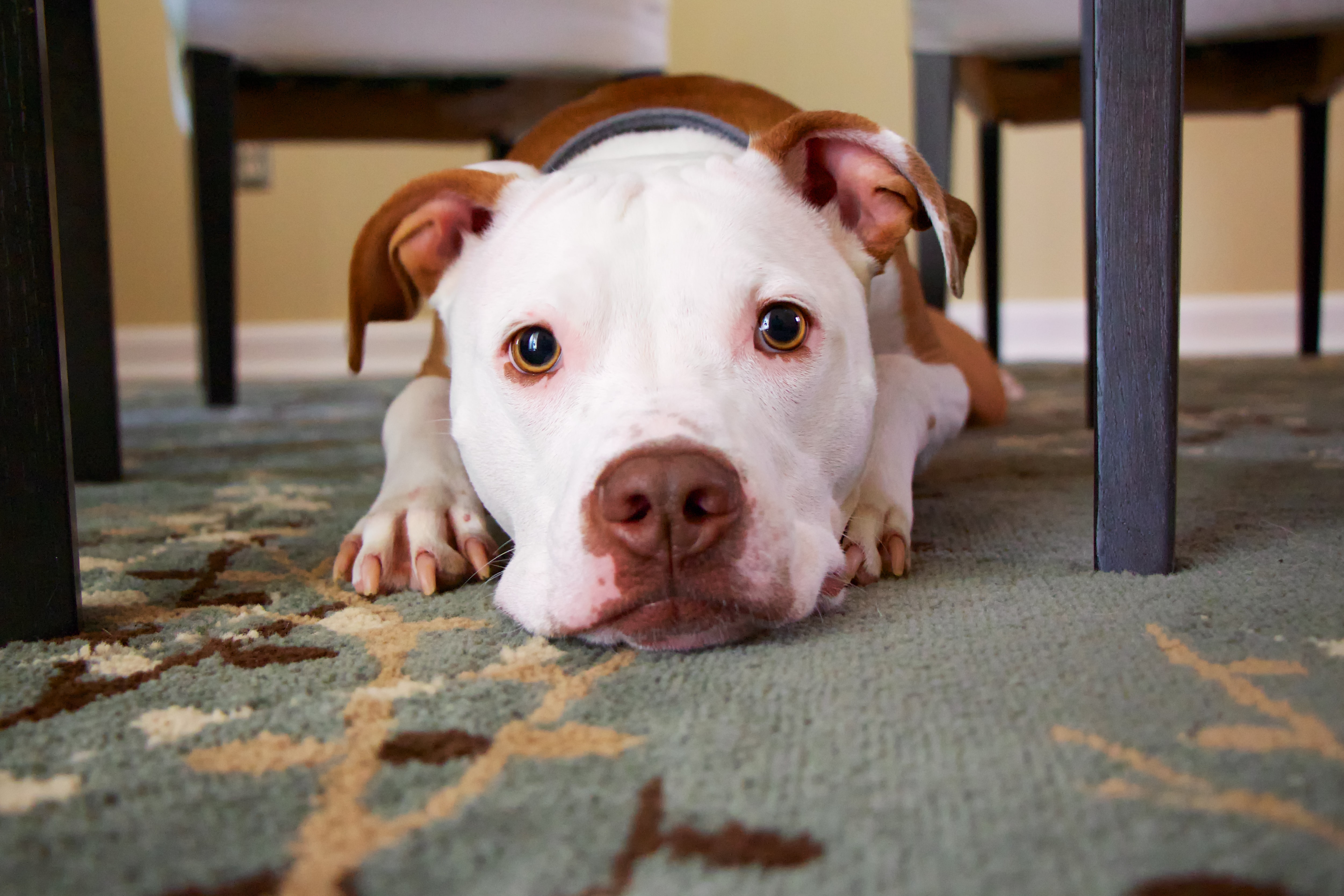
Here are the most common symptoms of food allergies in dogs.
- Diarrhea, vomiting, or other gastrointestinal symptoms
- Sneezing
- Skin rashes
- Chronic ear infections
- Behavioral changes like frequent scratching, restlessness, biting at paws, rear end or tail, etc
- Eye discharge
- Sore tummy
Spotting these signs early will help you get your dog back to normal as soon as possible.
If a food allergy goes untreated, it may show a digestive problem, worsened symptoms, and develop more severe health issues and a poor quality of life.
Treatments of Food Allergies
The best way to treat food allergies is a change in diet. However, consult your veterinarian beforehand.
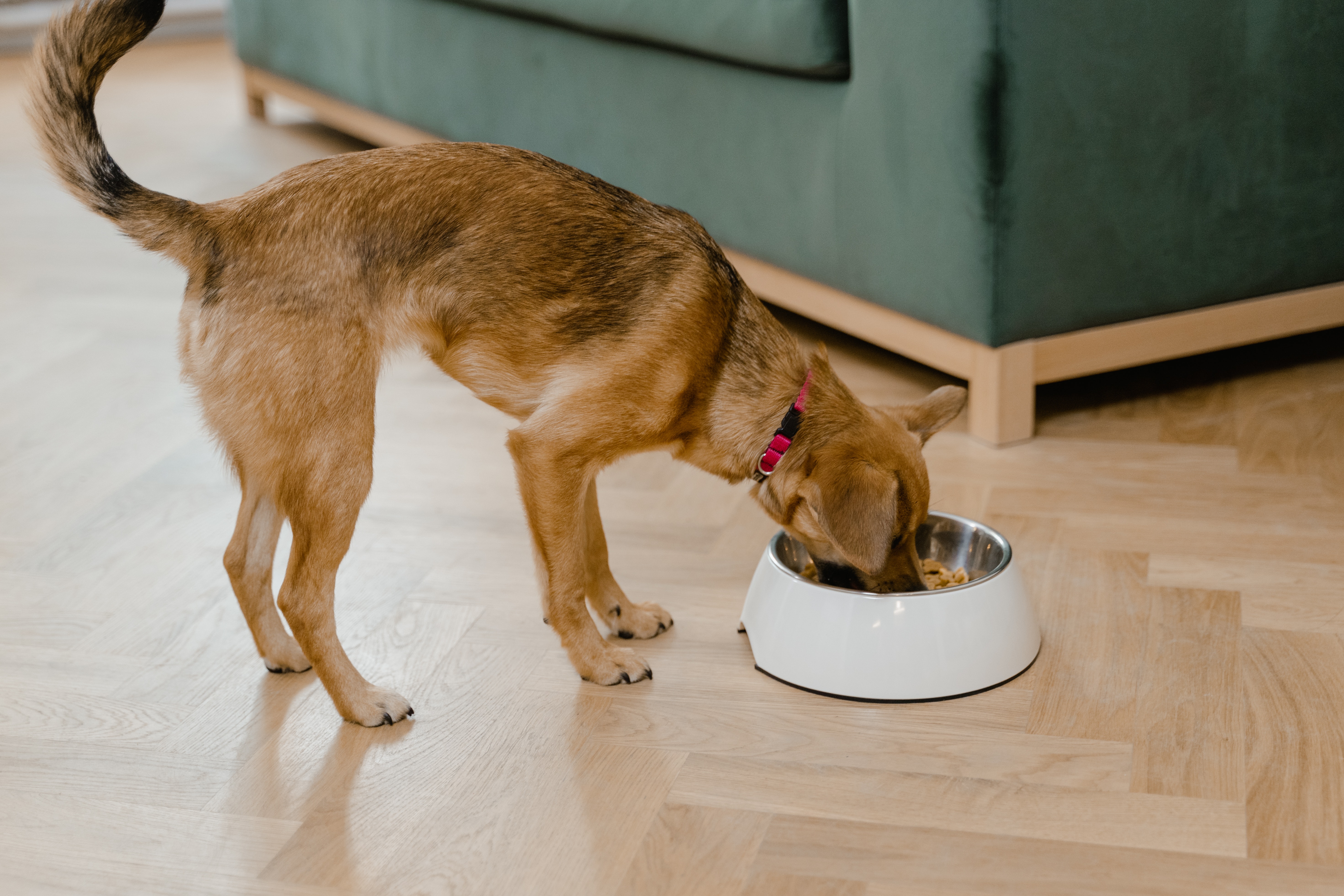
- Identify the foods your dog is allergic to and avoid feeding them those. Blood tests for allergy can detect antibodies against certain food proteins.
- Avoid feeding dairy, beef, and wheat are responsible for 80% of food allergies in dogs.
- Feed a hypoallergic diet for 8 to 12 weeks to determine if your dog has food allergies. These diets have limited ingredients with an uncommon protein source and are processed in a particular way to be less likely to cause allergic reactions.
- Fresh homemade food might be a safer bet. Consider feeding freshly prepared food in small batches, with a few human-grade ingredients and no artificial fillers.
Always discuss with your veterinarian before changing your dog’s diet or adding supplements to ensure they are appropriate for your dog.
They can choose the best treatment for your dog’s allergic problem while helping to reduce the risk of interactions between drugs.

Check this infographic for more information.
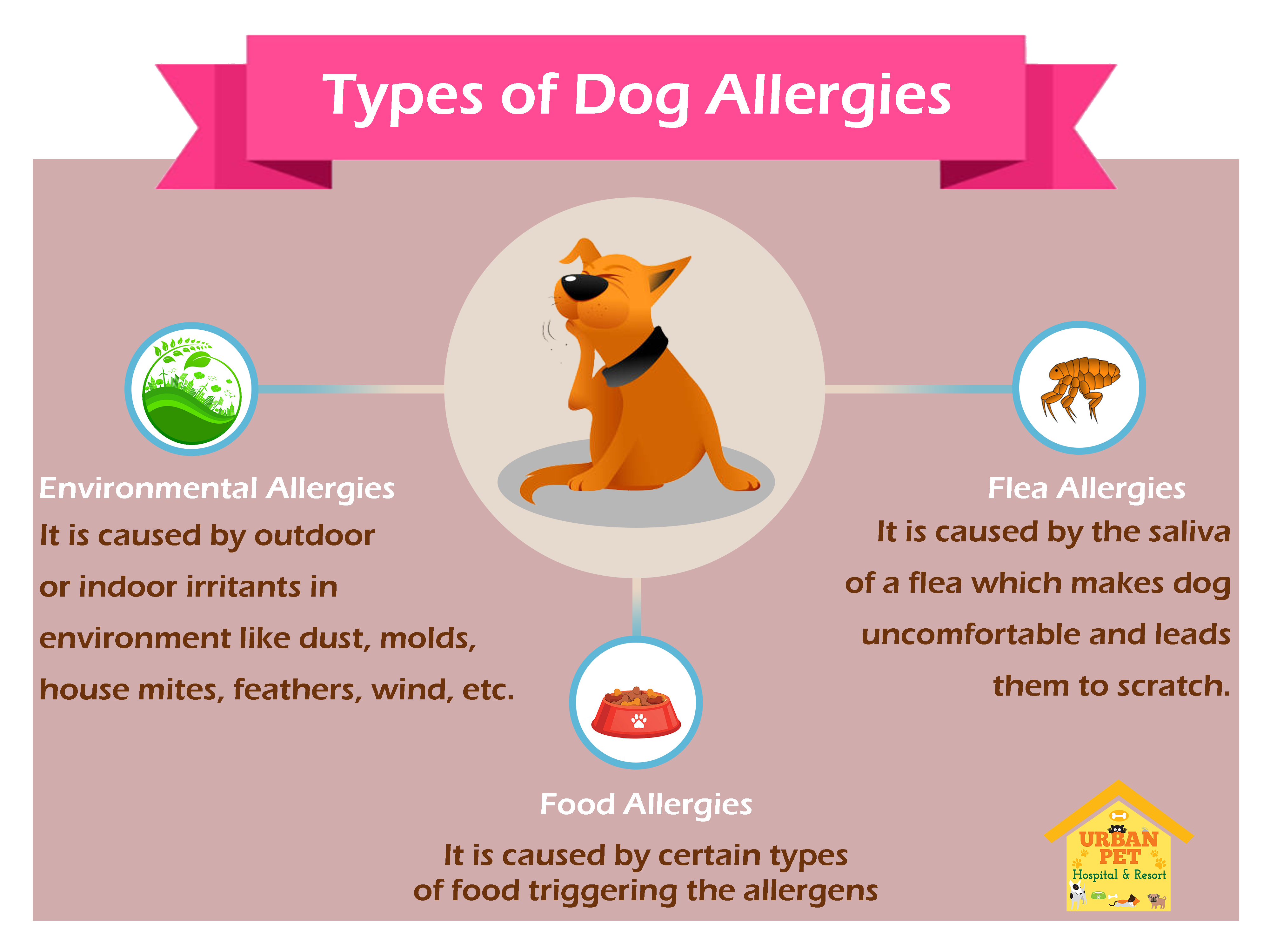
Conclusion
Consult your vet to diagnose allergies and any underlying problem if you suspect your dog is tormented by itchy, irritated skin.
The sooner you start treatment, the better. With proper treatment and preventive measures, your dog will have a happy, comfortable, and allergy-free life.
For more information, get in touch with Urban Pet Hospital & Resort, the best pet hospital in Urbandale.